Here on Muddy Colors, we’ve talked about copyright a few times, but I wanted to bring it up again and look at things on the big picture view, because I think a lot of artists have some misconceptions about copyrights, trademarks, usages, etc — all the areas that fall under the umbrella of “Creative Law” or “Intellectual Property Law”. I was up a the IMC this weekend and had a good talk with a number of attendees/faculty there, and I thought it would be good to share with the rest of you here…but in a way that keeps things general, so we don’t get bogged down and overwhelmed by the legal details.
Before we begin, remember: I am not a lawyer, and I am not giving you legal advice. If you need a lawyer, some friends/firms who are very helpful to artists are Seth Polansky and Ilya Kushnirsky. Seth is especially knowledgeable in the SFF Art world and you’ll find him at many conventions like GenCon and IlluXcon. You can also find law assistance through your local chapter of Volunteer Lawyers for the Arts (VLA).
Why do Copyrights and Trademarks Exist?
There’s a few ways usage issues come up in art conversations, and they’re almost always brought up with a groan:
— Is this copyright holder going to come after me because I make fan art & sell it?
— Is this company ripping me off by asking me to Work For Hire?
— Is it worth the time/money to copyright all my work?
I get it, legalese is confusing, paperwork is a hassle, no one wants to pay fees “just in case” and it’s a hell of a lot easier to just ignore all of it.
But if you do that, you’re missing the big picture: These protections are there for CREATORS. I know it’s easy to forget that, but the entire purpose of copyrights and trademarks and all these Intellectual Property laws is to MAKE IT WORTHWHILE FOR PEOPLE TO CREATE THINGS. In most countries (definitely the US and UK) a creator automatically has copyright through the act of creation. That’s a huge protection. If someone can just come and copy anything you make, then there’s much less financial incentive to be creative. Yes, that means you can’t legally sell fan art of Wonder Woman without permission…but it also means no one can sell fan art of anything you create without permission. We all like to look at behemoths like Disney like they’re the enemy…but remember, Disney started with a guy who drew a mouse.
Copyright and Trademark Basics
A Copyright is the protection of a specific creative expression. That means something has to be tangible to be copyrighted. You can copyright things recorded in text or things depicted visually. You cannot copyright an idea, a concept, a discovery, a category, a fact, or a title. That’s why many books or songs or pieces of art can have the same title. They’re considered descriptions of a work, not the work itself. Often we hear about people wanting to sue for stealing an idea…but that’s not how it works. How would you even defend a thought, even if you wanted to? If you haven’t made it and put it out into the world, then it’s not copyrightable. Works of the US government also can’t be copyrighted (they belong to the US people) and that applies to things like the Constitution, Declaration of Independence, etc.
Important to remember if you’re looking for public domain (copyright-free) works to use in your art: the Term of copyrights (in the US at least) are the life of the creator plus 70 years.
If you are hired to work on something that involves someone else’s copyright then you do not automatically gain a copyright for that work by creating it. Your work is a derivative work of someone else’s copyright. Think about that when you’re making fan art. This also comes up every time you are legally hired to work on a licensed property. You will not have the same rights as a creator as you would if the work was wholly original. Although this article is not about contracts, just remember that if you are working on a licensed property you will most commonly be under a Work For Hire contract, which means legally someone else holds the copyright to your work.
The difference between a basic copyright (which you get automatically by creating) and Registered Copyright is mostly about suing for damages if your copyright is abused. Now this part of Intellectual Law changes frequently, so I don’t want to write anything immediately out of date. At some points in history the difference was how much damages you could sue for, and at other times you have needed to have a registered copyright to sue at all. In simplest terms, it is best practice to register your copyrights at least annually. You used to be able to group all your work together in one lump but the rules have changed. One piece of advice I have heard is that every year you should make an ebook or print sketchbook of all your work for that year, and then register that collected book as one piece. Then the works within it will also be protected. Keep up to date and do all your registering at Copyright.gov if you are in the US and similar sites for other countries.
There are times when you can use someone else’s work without permission and it does not violate their copyright. That is called Fair Use. Now the tricky thing about Fair Use is that it can be very changeable depending on who’s doing the ruling — it’s incredibly subjective. This covers journalism, academic use, criticism/reviews, parodies, and quoting. There’s a whole Fair Use Index of previous court cases you can look through for specifics on cases, but in general there’s 4 factors that need to be considered: Purpose of the new piece (editorial, criticism, or parody), Nature of the original, Amount of the original taken (%), and the Effect on the Market (can the new piece be mistaken for the original). This affects artists more than you think. Ever want to use song lyrics in a painting? That’s a Fair Use issue. What if you are putting together a collection of quotes? How about Mash-Ups? “Artistic Transformation” or saying a work is “Transformative” enough is subjective and open to debate.
If you want to see how convoluted Fair Use can get, check out the new Shepard Fairey documentary, Obey Giant. There’s a big part about the law suit over his Obama poster.
Some other copyright quirks that affect artists? The copyright holder of a letter is the sender, not the recipient (this comes up in publishing all the time). You can use a Song Title or Book Title in your work, but you need permission (or safe Fair Use coverage) to quote the lyrics or the prose. And be warned — music companies are especially litigious about use of song lyrics.
Copyrights and Trademarks often get confused but a “Trade” “Mark” is literally that: a mark that distinguishes your trade. A Trademark is a word, phrase, symbol, or design that acts as a source identifier. Trademarks are for goods. Servicemarks are for services. Trade Dress is for unique packaging (think about a Time magazine cover with the heavy red frame around the cover — the frame is not a logo, but it distinguishes Time covers). Like copyright, you automatically have some protections. A trademark is protected by use in the marketplace. You can start using the TM symbol as soon as you are using your logo or slogan publicly. Like Registered Copyrights, Registered Trademarks have much stronger protections. Once you register you can use the ® symbol. You register trademarks (in the US) through the Patent and Trademark Office. Remember, you have to make sure there is no one in the region where you do business that has the same name and/or mark for the same kind of business. (You can look that up at the Trademark office too, but it’s best to start with some robust Google searching.) When Trademarks are in question, the factors are Length of Use, how Unique the Mark/Phrase is, and what Class (of Goods or Services) it refers to. Companies can share the same name, and there are companies with similar marks, but it all comes down to whether a consumer can be confused in the marketplace or not.
Trademarks often affect artists because you want someone to be holding a can of Coke in a painting, or show some other kind of branding in your work. This can be ok so long as you are not implying endorsement or affiliation (in other words don’t make it look like Coke is sponsoring your work) or, again, confusing the marketplace (can your piece of art be confused for a can of Coke a consumer might want to buy). You can usually use Trademarks in an editorial/journalistic/critical use, but there’s still some lawsuits over that, much like the Fair Use lawsuits, because usage is very subjective.
Fan Art: What’s Legal vs. What People Get Away With
Fan Art is a black and white issue legally, and a very gray area in practice. I’m going to do a post just focusing on Fan Art in the future, but here’s a bit of a summary to tide you over. Fan Art is making your own art from someone else’s Intellectual Property. Using someone else’s copyright without permission is not legal (except for Fair Use cases) — and most Fan Art does not fall under the Fair Use protection (some might, if it’s a parody). However, even though it is technically not legal, many people make a living off doing it. One way is to sell prints or merchandise with your version of famous characters (aka 75% of all art at any comic con) and another way is to build a portfolio of famous characters until you get hired to do it for the copyright owner.
As far as option 1 is concerned, sure you can make money off other people’s characters, but there’s a ceiling built in — once you are making enough money or gaining enough attention to be noticed by the copyright holder then you are big enough to get a cease and desist letter…or worse, a lawsuit. Technically a copyright holder can sue you for profits and damages of any size, no matter how insignificant (and some really litigious licenses will) but in practice most big licenses tend to look the other way when it’s small business. There was a good presentation at SDCC a few years back by DeviantArt’s lawyer all about fan art that you should watch if you are making fan art:
Personally, I think it’s fine to do some fan art…but don’t build your entire business on it. It’s very risky to build an entire business on a plug that can be pulled at any moment.
As far as option 2 goes (putting fan art pieces in your portfolio to get noticed by the fanbase and/or the IP) I think it’s fine within reason. Many licenses actively cultivate fan art. Many companies (Marvel, DC, etc) pretty much require artists to do samples of their characters in order to be considered for work. There’s many many stories of artists making fan art for, say, Star Wars, then getting hired by Star Wars to do it officially. There’s also plenty of stories of fan art going viral and the artist using the attention to springboard into a career doing official art.
My authors love it when artists depict their characters for fun and post them online…and that’s also a form of fan art. It can be a great way to do personal projects that get a lot of attention, and ways to build your portfolio to aim at your dream clients…just be careful. If you ever get a cease and desist you should…cease and desist.
In the End
So, to wrap it all up, don’t be scared or mad at copyrights and trademarks…even though they can work against you sometimes, they were put into place to protect artists and creators. A general understanding of the purposes of copyrights/trademarks and an understanding about how to register them will protect your art with a minimum amount of hassle. Make copyrighting an annual routine, just like taxes, and you won’t be caught wishing you had later, when someone rips you off.


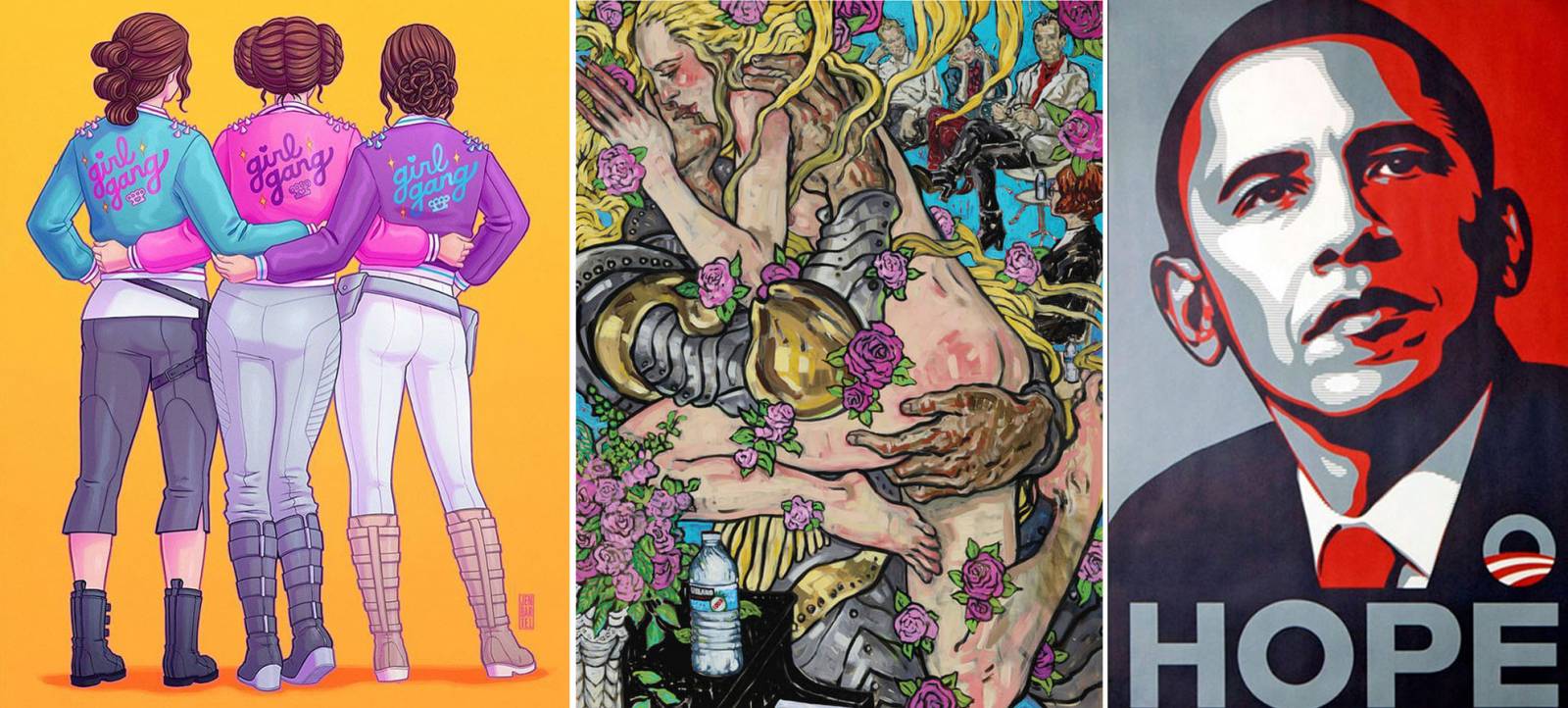
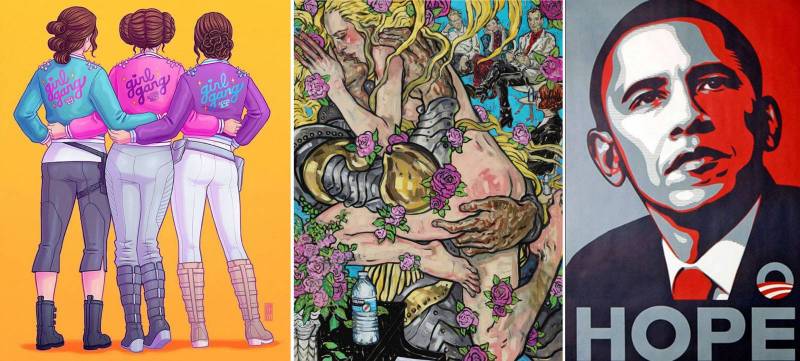
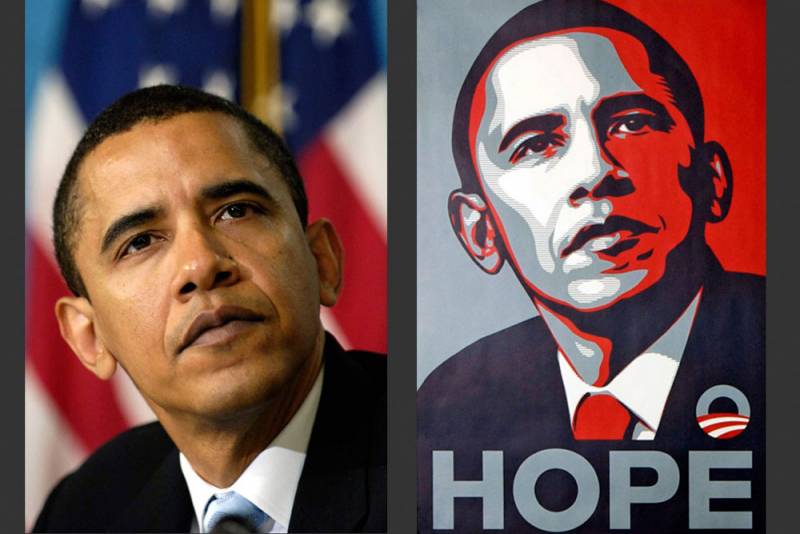
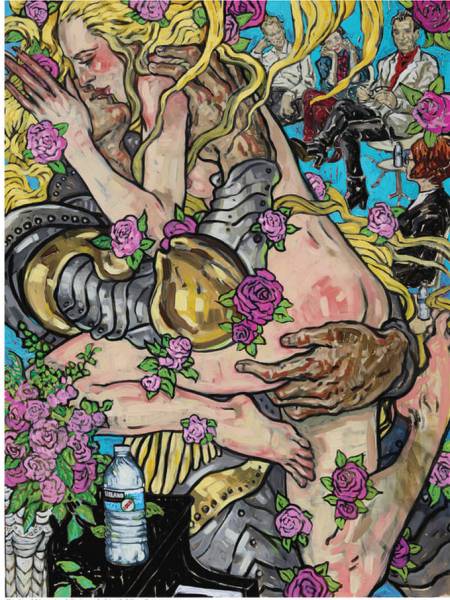
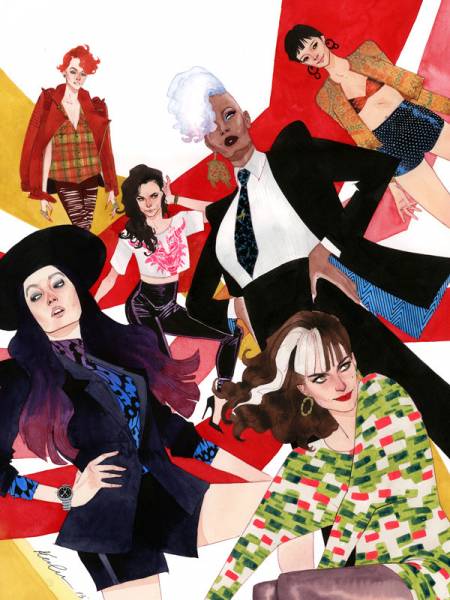
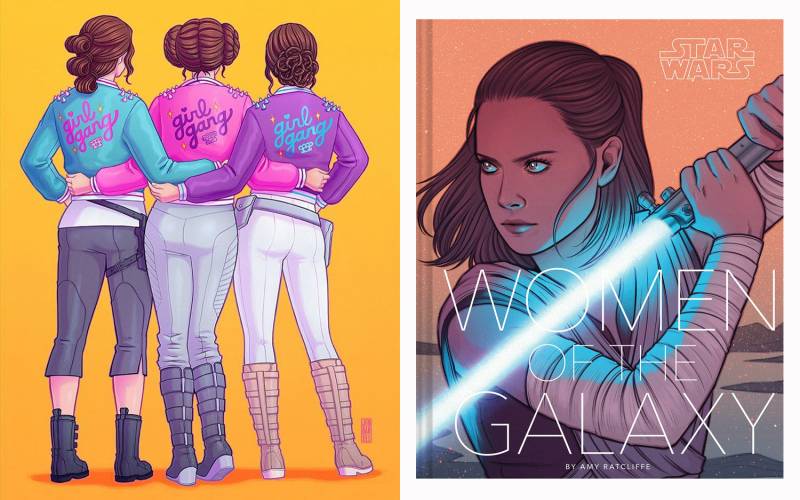



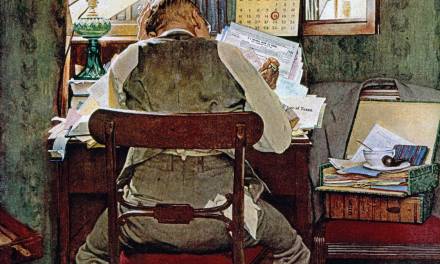
Excellent post, Lauren. Matt Furie’s “Pepe the Frog” lawsuit against Alex Jones/Infowars (recently settled to Furie’s satisfaction) shows there can be consequences for copyright infringement.
https://www.washingtonpost.com/technology/2019/06/11/pepe-frogs-creator-just-won-copyright-settlement-against-infowars/?utm_term=.369cc542c009
Absolutely — what I found really interesting about that case was it wasn’t really about money, as most of these cases are, it was really about the creator stopping his work being used for hatred and to promote beliefs he didn’t believe in
Hi Lauren!
THanks so much for this information. I’ve been looking around, but haven’t found an answer to my question, maybe you might now more about it.
Can non-american citizens register a copyright in the USA for global copyright coverage?
Thanks for your information, extremely useful
There are a number of international treaties that govern copyright, and in general what they say is that a copyright established in one country is respected in all the other countries of the treaty. So as long as your country is part of that treaty group, you wouldn’t have to register in the US to be respected in the US or internationally.
For more information on that, you want the WIPO (World Intellectual Property Organization) website: https://www.copyright.com/learn/international-copyright/
and
https://www.wipo.int/treaties/en/ip/berne/
Thank you Lauren! 🙂
So helpful!
This is a great piece, not only for the specificity of advice and legalese translation, but for the references linked. Thank you so much for the nod towards the trademark offices, the video on fan art, and especially, the art-friendly legal resources. I don’t need them now, but that’s the sort of detail that, were I in a legal situation and freaking out about it, would seem an insurmountable thing to discover.
For the record that would be a great ad for Kirkland water.
Great post Lauren! The artists who get touchy about copyright often forget that it’s there to protect us in the first place.
Hmm is anyone else having problems with the images on this blog loading? I’m trying to figure out if its a problem on my end or if it’s the blog. Any responses would be greatly appreciated.
Thanks for sharing this post
Understanding the big picture of copyrights and trademarks is crucial in protecting creative and business endeavors. The Law Office of Paul Mankin’s commitment to ensuring the highest caliber of care for clients aligns seamlessly with the complexities of intellectual property law. Much like their approach to helping clients navigate legal intricacies, comprehending the nuances of copyrights and trademarks involves strategic advocacy. The promise of complete transparency in the attorney-client relationship, as emphasized by this reputable firm, reflects the importance of clarity in protecting one’s intellectual assets. In the vast landscape of legalities, having a dedicated partner like The Law Office of Paul Mankin ensures that individuals and businesses can navigate the intricate world of copyrights and trademarks with confidence and expertise.